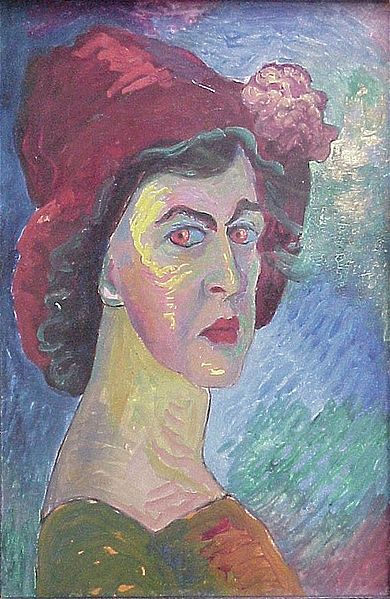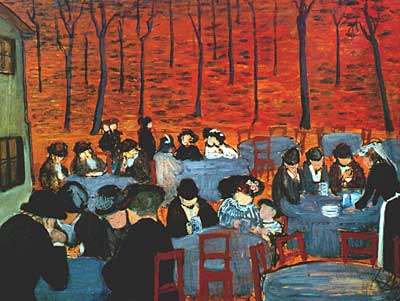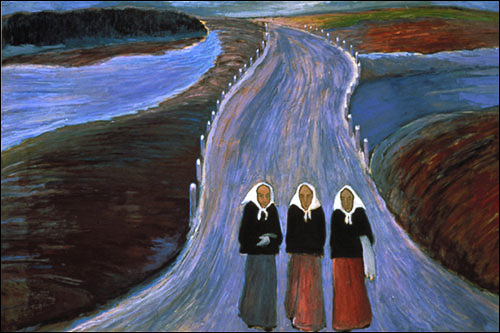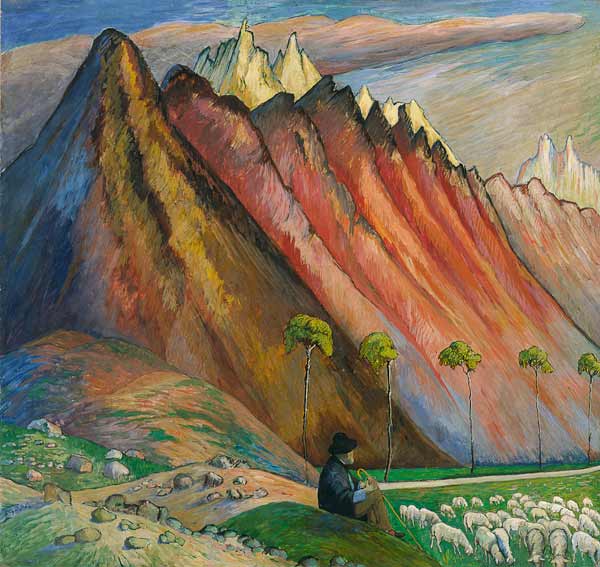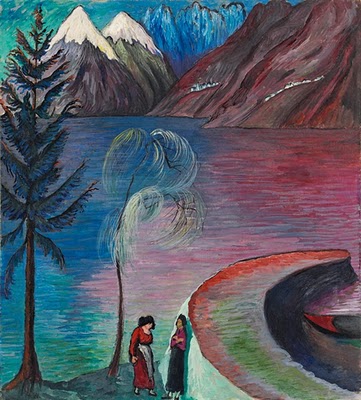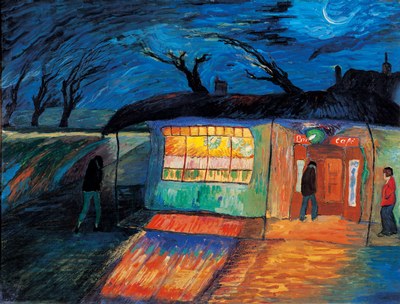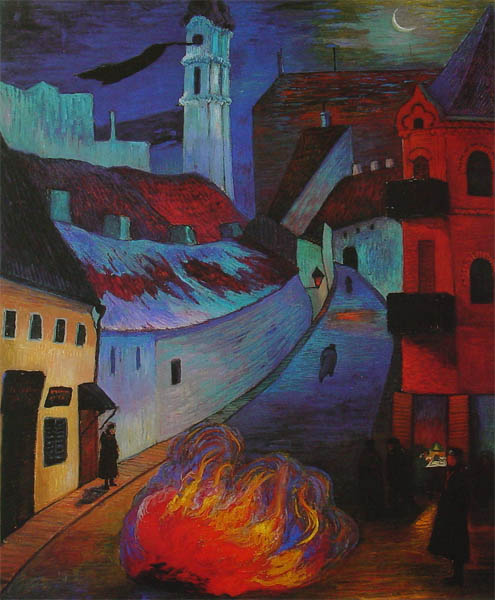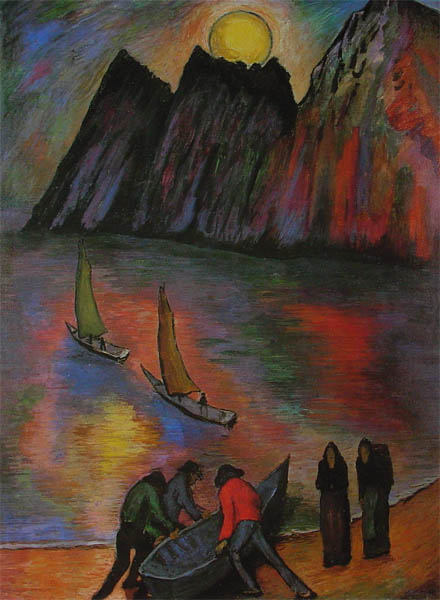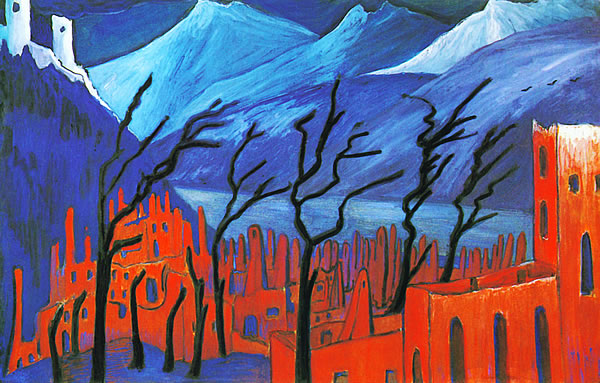<Back to Index>
- Astronomer James Edward Keeler, 1857
- Painter Marianne von Werefkin, 1860
- Emperor of the Byzantine Empire Alexios II Komnenos, 1169
PAGE SPONSOR
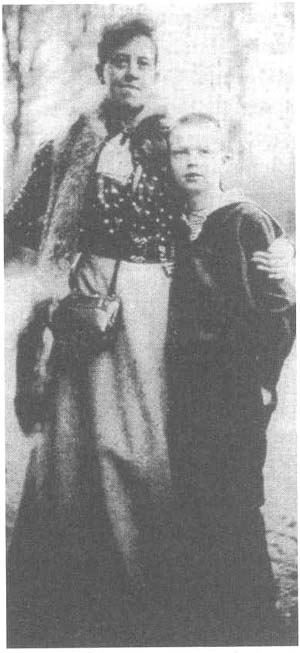
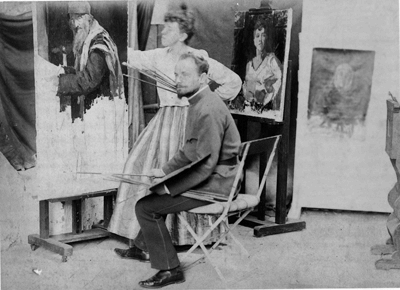
Marianne von Werefkin (Russian Мариамна / Марианна Владимировна Веревкина) (10 September [O.S. 29 August] 1860, Tula, Russia – 6 February 1938, Ascona, Switzerland), born Marianna Wladimirowna Werewkina (transliteration Marianna Vladimirovna Verëvkina), was a Russian - Swiss Expressionist painter.
Marianne von Werefkin was born the daughter of the commander of the Ekaterinaburg Regiment. In 1880, she became a student of Ilya Repin, the most important painter of Russian Realism. Her progress was dealt a setback by a hunting accident in 1888 in which she shot her right hand, the one with which she painted.
In 1892 she met Alexej von Jawlensky, who desired to be her protégé, and in 1896 she, Jawlensky, and their servant moved to Munich. For the sake of Jawlensky's painting, Werefkin interrupted her painting for almost ten years.
She created her first expressionist works in 1907. In these she followed Paul Gauguin's and Louis Anquetin's style of "surface painting", while also showing the influence of Edvard Munch. In 1909, the Neue Künstlervereinigung München (New Association of Artists in Munich, NKVM) was founded. It became a forum of exhibitions and programming.
At the outbreak of the First World War, they immigrated to Switzerland, near Geneva. They later moved to Zurich. By 1918, they had separated, and Werefkin moved alone to Ascona, on Lago Maggiore. In 1924 she founded the artist group "Großer Bär" (i.e., Big Bear, Ursa Major).
In her later years, she painted posters. Her friends "Carmen" and "Diego Hagmann" protected her from poverty.
She was buried in the Russian graveyard in Ascona.
